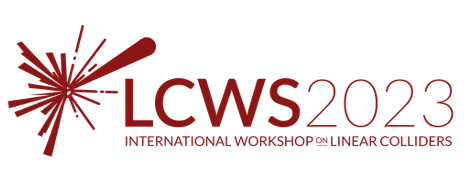Speaker
Description
Concepts for future electron colliders such as the Cool Copper Collider (C^3) benefit from normal conducting radiofrequency (NCRF) cavities operated at cryogenic temperatures in many ways, including potential cost reduction and increased beam brightness. It is then advantageous to consider implementations of cryogenic electron linacs in order to study this new regime of cryogenic NCRF cavities. To this end we have developed a robust experimental program at the Multi-Objective Testing of High Gradient Radiofrequency Accelerators (MOTHRA) laboratory at UCLA. In general, we have developed several low-level and high-power cavity experiments and fabricated a new 0.5 cell CrYogenic Brightness-Optimized Radiofrequency Gun (CYBGORG). CYBORG serves three functions: a steppingstone to an ultra-high gradient cryogenic photoinjector; a prototype for infrastructure development; and a test bed for cathode studies in a heretofore unexplored regime of cryogenic temperatures and extreme high gradients. We present here in further detail the basic physics motivations for the CYBORG beamline from the perspective of cryogenic electron emission along with relevant results from RF cavity work. We also will present the commissioning status of CYBORG and the associated beamline focusing on the thermal balancing of the gun in the cryostat environment.



